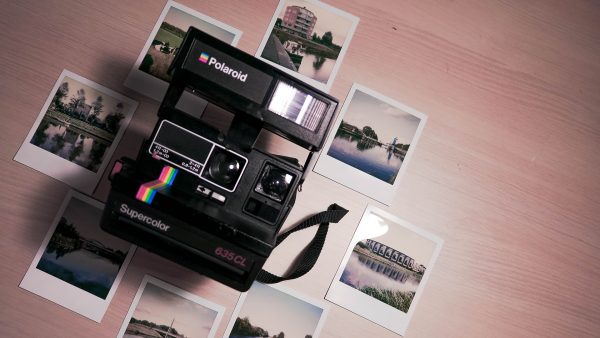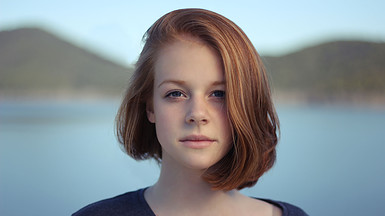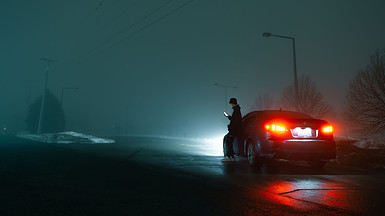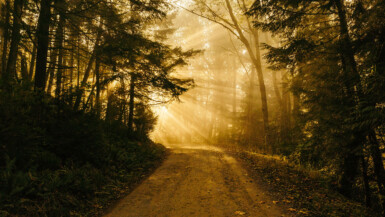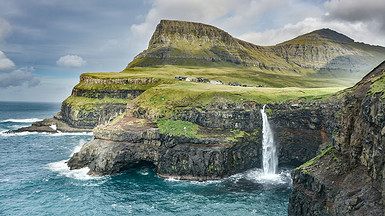When it comes to the history of photography, it is more than just about when, where, and how it was invented. There have also been countless inventions and innovations related to photography throughout the years.
A Brief History of Photography
From 1021 to 2000 and further ahead, photography has gone through an amazing journey of art and transformation. It started with the camera obscura in 1021 before the first portable camera was developed in 1685. Back then, the camera was a large box that had to be carried around. It was really heavy.
Then the world’s first photograph was shown in 1826, which was a blurry black and white. That was before Kodak sold its first commercial camera in 1888. In 1939, World War II helped shape a new style of photography, which was still in black and white but much clearer.
In 1948, Polaroid introduced a feature called instant image development. It would later be the basic development in later cameras, including the first professional digital camera in 1991. By the end of the 1990s, many people had already started turning the cameras into smaller, more compact figures. The first camera phone was later introduced in 2000.
These 7 Surprising Facts About The History of Photography
If you think you have got it all figured out regarding the history of photography, these seven (7) facts might surprise you. What are they?
1. The Origin of the Word ‘Photography’
Originated from Greek words, ‘photography’ combines ‘photos’ (light) and ‘graphein’ (light). The term “drawing the light” was first used in the 1830s. Sir John Herschel was the first person credited for making this term famous. Hercules Florence and Johann von Maedler were also among many who used this term in their writing.
In the beginning, photographs were also known as sun prints or heliographs.
2. The Oldest Photograph Still Exists
Joseph Niepce created the oldest photograph around 1826 – 1827. Using a polished pewter sheet, he rendered light-sensitive by using a thin coat of bitumen. It naturally-produced petroleum tar was later dissolved in lavender oil before adding pewter on the surface and drying it.
After eight hours of exposure in the camera, the bitumen hardened. The soft parts were not removed with a solvent. That was why a positive image was still there. A plain image was visible when the plate was lit – with light from the bitumen and dark from the metal. Niepce later refined the process so it got easier to view the image, and there was a significant reduction in exposure times.
3. The Very First Selfie in the World
Long before the term ‘selfie’ became popular, Robert Cornelius was the pioneer in 1839. As a chemist and a photography enthusiast from Philadelphia, USA, he had set up his camera in the back of his family shop. After removing the lens cap and running into the frame, Cornelius snapped a photo of himself. It had only taken a minute after which he returned to cover the lens.
This selfie is 175 years old. Cornelius had written ‘first light picture ever taken on the back of the photograph.
4. The Plenty of Camera Types
As mentioned earlier in the brief history of photography, there have been many camera types around. The first was a studio camera and the tripod and photographic plates made of glass. Then there was a point-and-shoot box camera before Kodak introduced the compact folding version in 1922. Later, there were Polaroid instant cameras right after 135 film cameras and pentaprism cameras.
These days, who does not own a digital camera? You can even take pictures from your laptop, through your webcam.
5. The First Color Photography
James Clerk Maxwell, a famous physicist from Scotland, took the first color photograph in 1861. It was one of his many contributions to electromagnetism. This photograph was used in one of his lectures. The setting was in three black and white photographs captured through red, green, and blue filters. The setting was still a slight mess, so people soon forgot.
Later, Charles Cros and Luis Ducos du Hauron perfected the method without projecting them. They managed to create full-color paper prints from this
6. The First Introduction of Artistic Photography
Alfred Steiglitz was an American modern art promotor who considered photography as part of art. Owning several art galleries in New York, he introduced European artists to photography. Camera Work and Camera Notes are two journals he established.
7. The First Digital Photography
Russell A. Kirsch was the first to have developed a digital version of a wire photo drum scanner to transfer an image. With a 176x176p resolution, the photo of his son was scanned. It was black and white first before multiple scans were done to acquire grayscale imagery to some degree.
How surprising are these fun facts in the history of photography for you?

